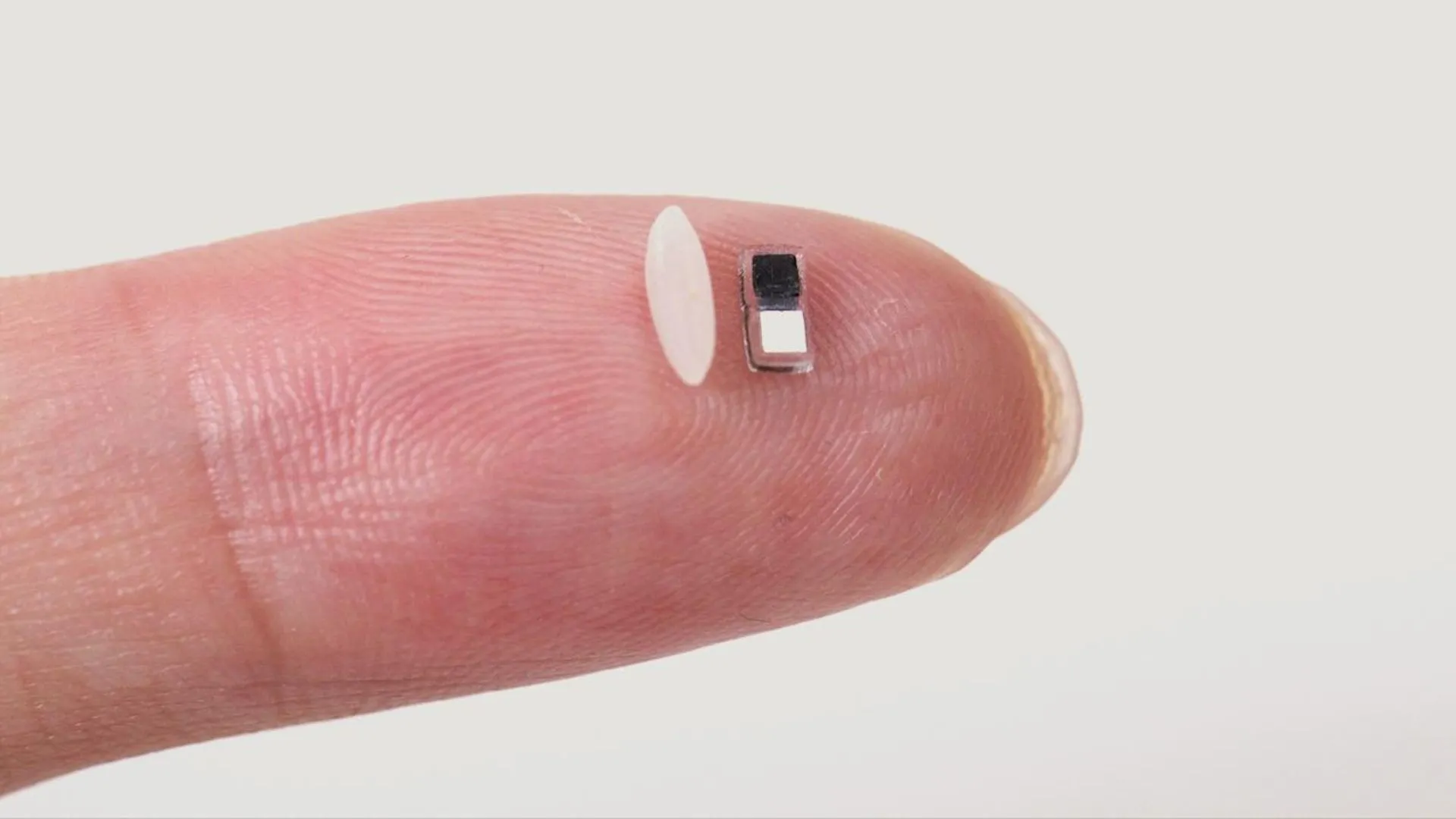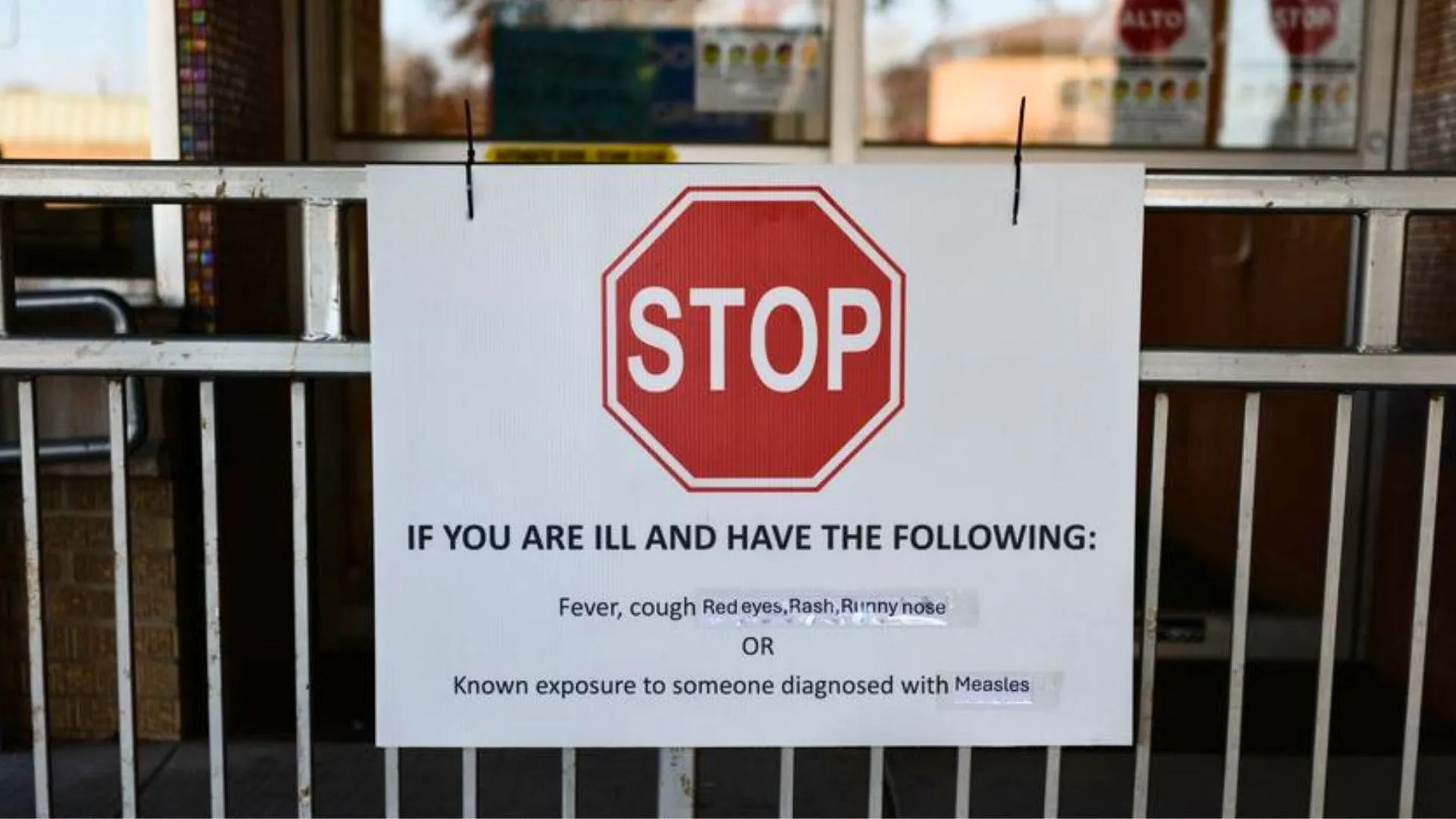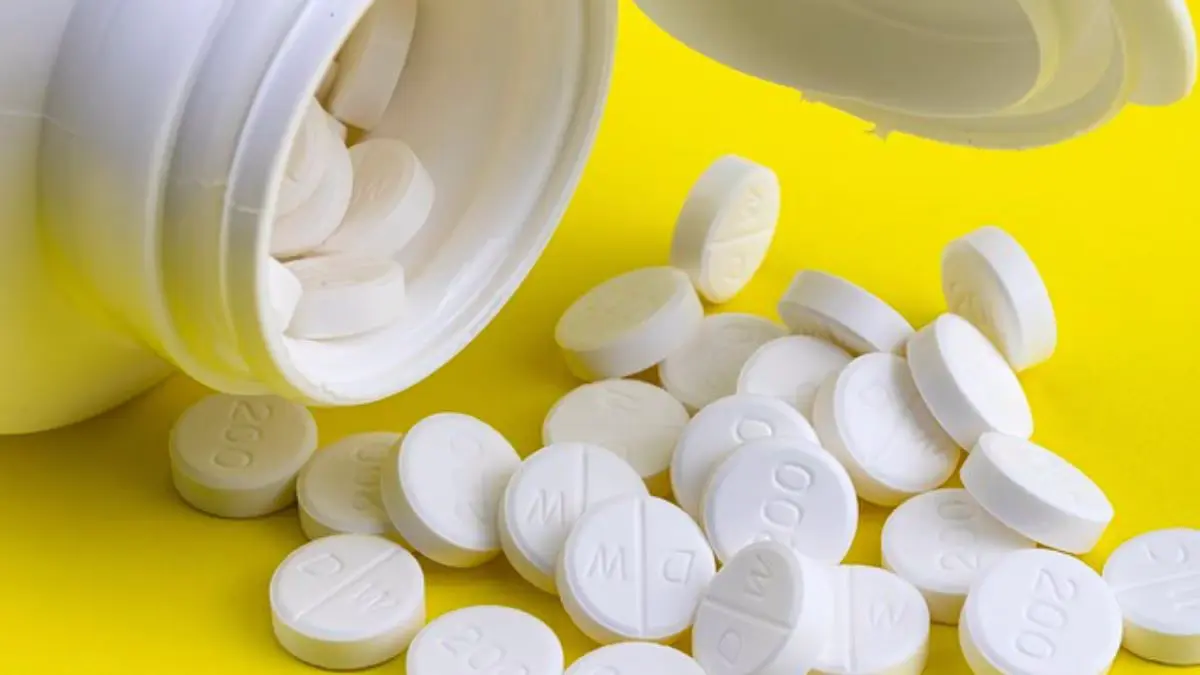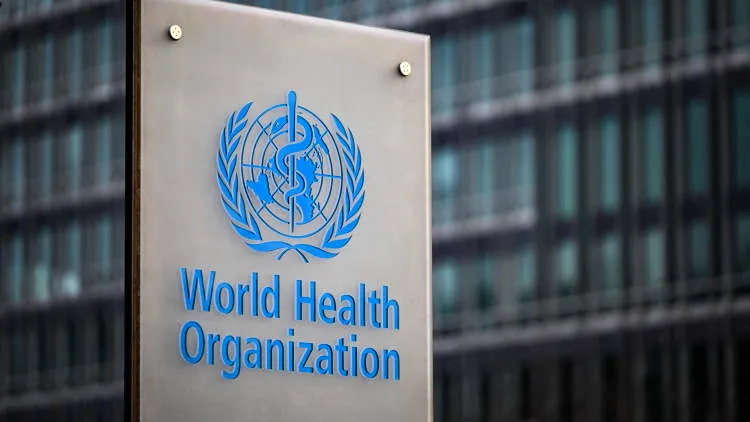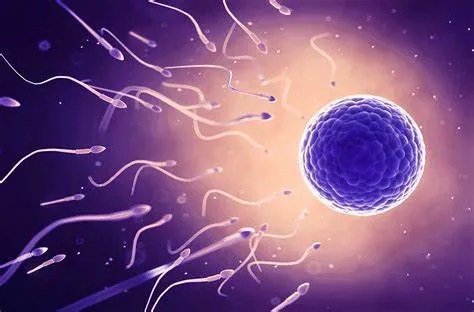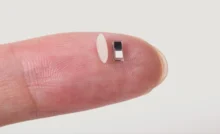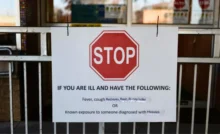Hormonal Signals of Breast Cancer Women Must Watch For: Lifestyle Changes to Save Lives
Breast cancer, one of the most common cancers in women, is a disease that impacts millions globally. Early detection and timely intervention are key to improving survival rates and ensuring better outcomes. One of the crucial yet often overlooked aspects of breast cancer awareness involves understanding the hormonal signals that may indicate its presence or progression. Additionally, adopting specific lifestyle changes can significantly reduce the risk and save lives.
This article explores the hormonal signals that women should be aware of and discusses actionable lifestyle adjustments to lower the risk of breast cancer and enhance overall well-being.
Understanding Breast Cancer and Hormonal Links
Breast cancer is characterized by the uncontrolled growth of cells in the breast tissue. While genetic mutations (e.g., BRCA1 and BRCA2) play a role in some cases, hormones like estrogen and progesterone significantly influence the development and progression of certain types of breast cancer.
Hormonal Influence on Breast Cancer
Hormones are chemical messengers that regulate various functions in the body, including cell growth and reproduction. In hormone receptor-positive breast cancer (HR-positive), cancer cells rely on hormones such as estrogen and progesterone to grow and multiply.
Two main types of HR-positive breast cancer are:
- Estrogen Receptor-Positive (ER-Positive): Cancer cells grow in response to estrogen.
- Progesterone Receptor-Positive (PR-Positive): Cancer cells grow in response to progesterone.
Hormonal imbalance, whether due to genetics, lifestyle, or environmental factors, can increase the risk of breast cancer. Recognizing these hormonal signals early can lead to timely diagnosis and intervention.
Hormonal Signals to Watch For
Hormonal imbalances can manifest in various ways. While not every hormonal change signifies breast cancer, the following signals warrant attention and medical evaluation:
1. Unusual Breast Changes
- Lumps or Thickening: Hormone-sensitive breast cancer often starts as a small, painless lump or thickened area in the breast tissue.
- Shape or Size Changes: Sudden changes in breast size or shape, unrelated to menstruation or pregnancy, may indicate underlying issues.
2. Nipple Discharge or Inversion
- Discharge that is not breast milk, especially if it is bloody or occurs without squeezing, could be a sign of hormonal changes linked to cancer.
- Nipple inversion or retraction, where the nipple pulls inward, may also be a red flag.
3. Skin Changes on the Breast
- Redness or Rash: Persistent redness, rash, or irritation on the breast skin could be related to inflammatory breast cancer.
- Dimpling or Peau d’Orange: Skin that appears dimpled or textured like an orange peel is another potential warning sign.
4. Hormonal Symptoms Around Menstrual Cycles
- Severe breast pain or swelling before menstruation, beyond normal premenstrual syndrome (PMS), could indicate hormone-driven abnormalities.
5. Persistent Fatigue
Chronic fatigue, unrelated to lifestyle factors or other conditions, may be linked to hormonal shifts associated with cancer.
6. Unexplained Weight Changes
Sudden weight gain or loss, especially in the absence of lifestyle or dietary changes, might result from hormonal imbalances.
Lifestyle Changes to Lower Breast Cancer Risk
Lifestyle factors play a critical role in both preventing breast cancer and improving outcomes for those diagnosed. Here are some science-backed strategies to reduce the risk:
1. Maintain a Healthy Weight
Excess body fat increases estrogen levels, particularly after menopause, which can fuel hormone-receptor-positive breast cancer.
- Tip: Aim for a balanced diet rich in fruits, vegetables, lean proteins, and whole grains while avoiding excessive calorie intake.
2. Exercise Regularly
Physical activity helps regulate hormones, reduce inflammation, and maintain a healthy weight.
- Recommendation: Engage in at least 150 minutes of moderate aerobic activity or 75 minutes of vigorous exercise weekly.
3. Limit Alcohol Consumption
Alcohol raises estrogen levels and increases the risk of breast cancer.
- Guideline: Limit alcohol to no more than one drink per day, or eliminate it entirely for optimal risk reduction.
4. Avoid Smoking
Smoking introduces harmful toxins into the body that can contribute to hormonal imbalances and increase cancer risk.
5. Breastfeed, If Possible
Breastfeeding has been shown to lower the risk of breast cancer, particularly for hormone-receptor-positive subtypes.
- Breastfeeding helps regulate hormone levels and reduce lifetime exposure to estrogen.
6. Minimize Hormone Therapy
Hormone replacement therapy (HRT), particularly combined estrogen-progesterone therapy, has been linked to an increased risk of breast cancer.
- Advice: Use the lowest effective dose for the shortest duration, and consult a healthcare provider about alternative treatments.
7. Eat a Nutrient-Rich Diet
Certain foods can help balance hormones and reduce cancer risk:
- Cruciferous Vegetables: Broccoli, cauliflower, and kale contain compounds that support hormone detoxification.
- Omega-3 Fatty Acids: Found in fish, flaxseeds, and walnuts, omega-3s help reduce inflammation.
- Antioxidant-Rich Foods: Berries, green tea, and nuts combat oxidative stress that can damage cells.
8. Manage Stress
Chronic stress can disrupt hormone levels and weaken the immune system.
- Stress-Relief Practices: Incorporate yoga, meditation, or deep breathing exercises into your daily routine.
9. Sleep Well
Sleep is essential for hormone regulation. Poor sleep can increase cortisol (the stress hormone) and affect estrogen levels.
- Goal: Aim for 7-9 hours of quality sleep each night.
10. Avoid Environmental Toxins
Some chemicals found in plastics, cosmetics, and household products act as endocrine disruptors, mimicking estrogen and altering hormonal balance.
- Tip: Opt for natural or organic products and avoid prolonged exposure to pesticides and pollutants.
The Importance of Regular Screenings
While lifestyle changes are crucial, regular screenings and early detection remain the cornerstone of breast cancer prevention.
Self-Examinations
Perform monthly breast self-exams to check for lumps or other changes. The best time to perform a self-exam is a few days after menstruation ends.
Clinical Breast Exams and Mammograms
- Women over 40 should undergo annual mammograms, while younger women with a family history of breast cancer should consult their doctor about earlier screenings.
- Advanced screening methods, such as MRI or ultrasound, may be recommended for high-risk individuals.
Empowering Women Through Awareness
Awareness campaigns play a vital role in educating women about hormonal signals, risk factors, and prevention strategies. Community-driven initiatives and social media platforms have made information more accessible, but there is still a need for targeted outreach, especially in rural areas where healthcare access is limited.
Role of Healthcare Providers
Doctors, nurses, and other healthcare professionals should actively educate women about the link between hormones and breast cancer. Personalized risk assessments and counseling can motivate individuals to adopt preventive measures.
Technology and Early Detection
Innovations such as wearable health devices and AI-powered diagnostic tools can aid in the early detection of hormonal changes or abnormalities.
Breast cancer is a formidable adversary, but it is not insurmountable. By understanding the hormonal signals that may indicate its presence and embracing lifestyle changes, women can significantly reduce their risk and improve their overall health.
Proactive measures, from regular screenings to healthy living, can empower women to take control of their well-being. As awareness grows and healthcare systems evolve, the fight against breast cancer becomes stronger, offering hope for a healthier, cancer-free future.
By staying vigilant and prioritizing prevention, we can collectively work towards saving lives and improving the quality of life for women worldwide.



